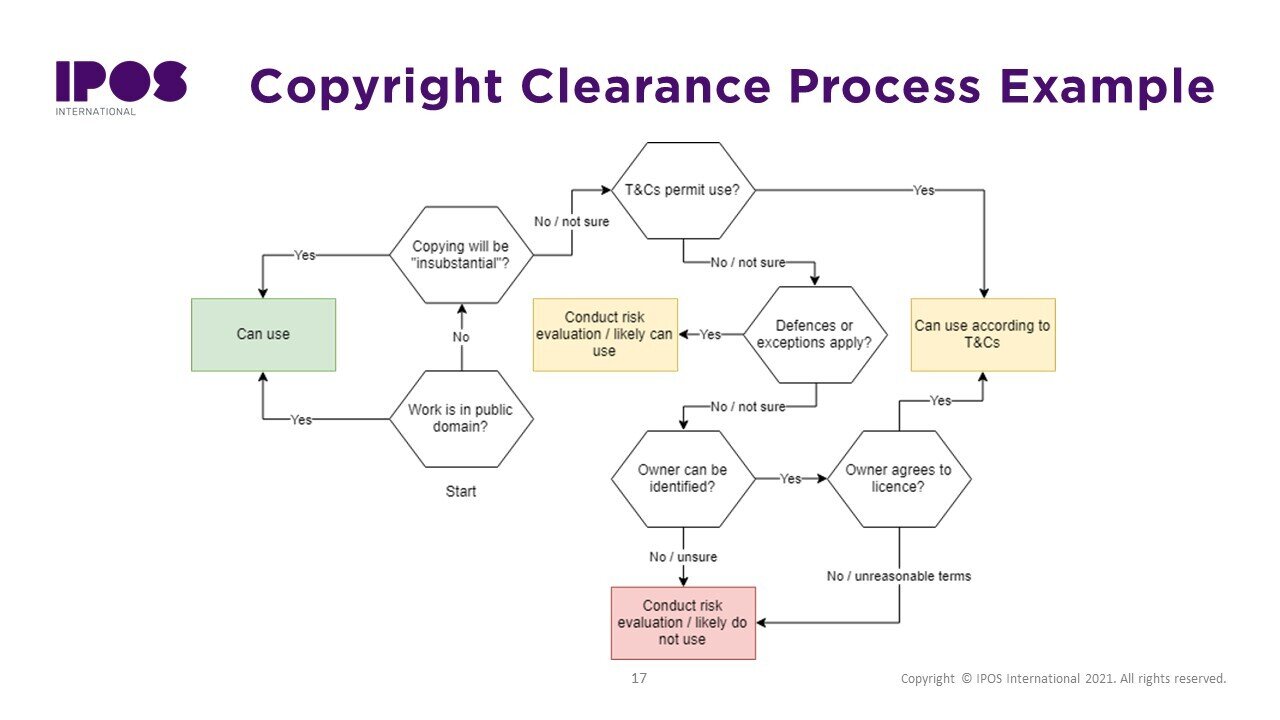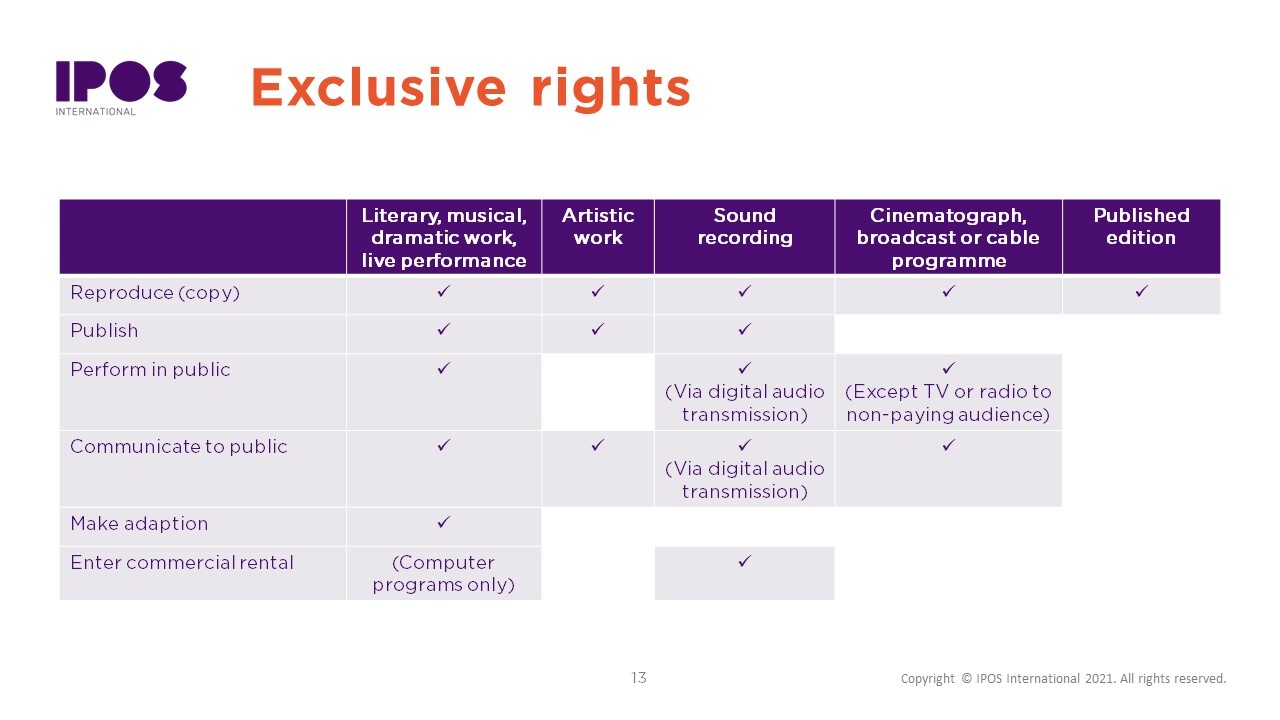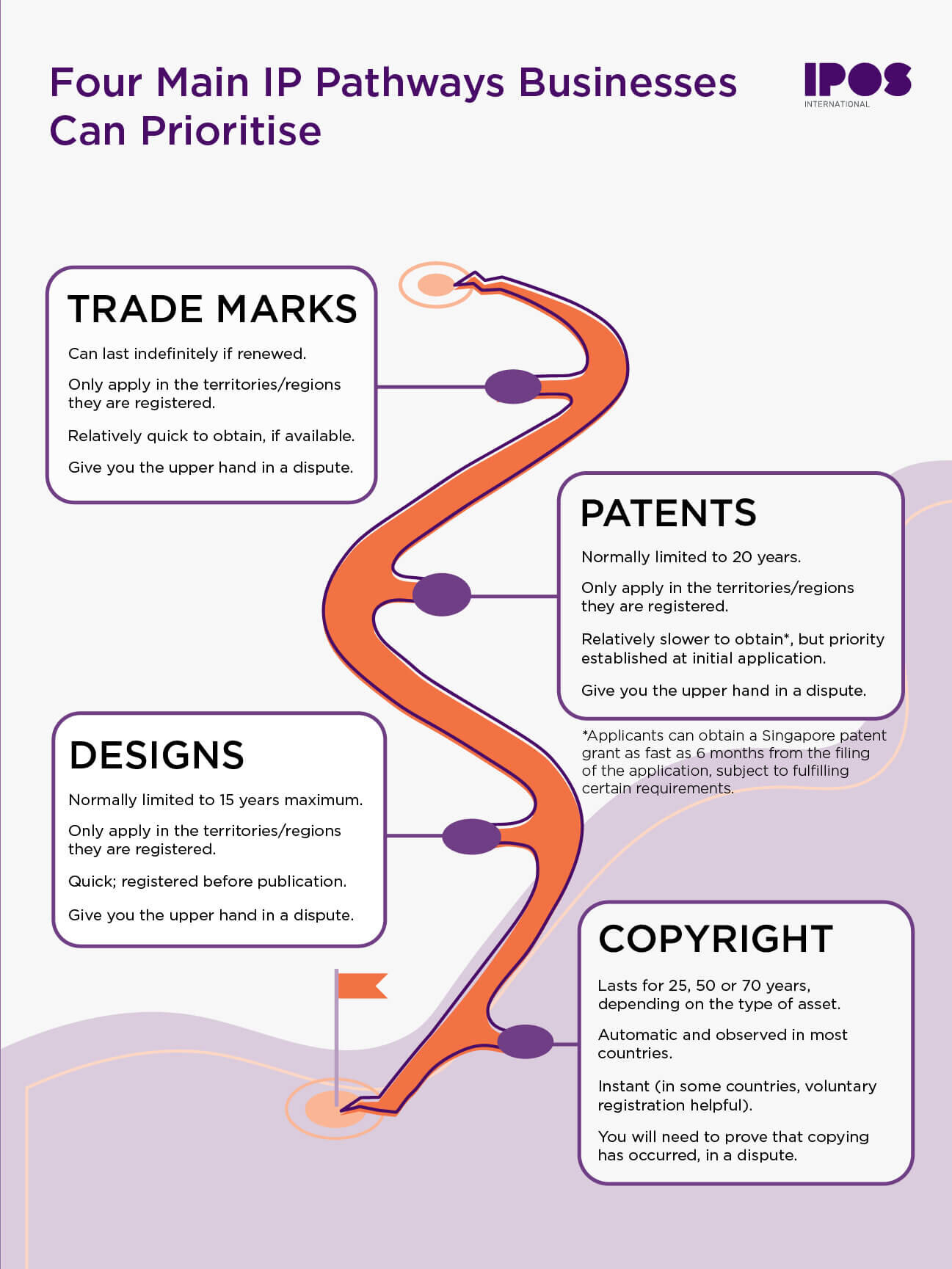
How to Avoid the Top 5 Pitfalls on Copyright for Media Creatives

(First shared with the Association of Independent Producers in Singapore)
Our faculty member Paul McClelland addresses common issues faced by the media production and content development industry today.
What is copyright?
Copyright arises whenever an idea is given original tangible form. Copyright protects original intellectual expressions such as artistic, literary, dramatic, or musical works, but not ideas, facts, discoveries. No registration is required.
As media creatives generate content on a daily basis, it is crucial to understand how to protect your own content copyright and avoid infringing on that of others. Here’s how to avoid the top five pitfalls of copyright.
#1 Never agree to things without fully understanding them.
When sharing your content, check the terms of the service you are using. For example, by uploading content to YouTube, you will be giving YouTube and other users of YouTube a licence to use your work in certain ways. This could impact other contracts that you have signed, or that you may wish to sign in the future.
Also, licence terms can be complicated. When dealing with a complicated licence, it is important to understand all of the different terms. For instance, be clear about whether you are granting an exclusive or non-exclusive licence and the scope of licence that you are granting. Are you allowing the copyright licensee to reproduce your work or are you allowing adaptation? Can your work be sub-licensed? Make sure you understand the terms in a licensing agreement so that you do not sign away more rights than intended.
#2 Understand the “bundle of rights” in copyright.
Copyright gives authors a “bundle of rights” which allows them to limit what others can do with their works. To understand what you can or cannot do (or prevent others from doing), first work out what type of work you are creating or trying to use. There are 10 broad categories of works—artistic works, literary works, dramatic works, musical works, arrangements, sound recordings, films, broadcasts, cable programmes, and live performances. Each category of work enjoys a different bundle of rights, as shown in the table below. The kind of work you are creating determines what you are entitled to prevent others from doing without your permission.

You can license each right within the “bundle of rights” together or separately, in any combination that suits your business needs. Understanding the bundle of rights is important to ensure you get all the rights necessary for your licensing intentions.
#3 Have a robust clearance process.
For all business activities using materials that may be protected by copyright, use some form of copyright clearance policy. At the minimum, the policy should help the user to:
- Identify the works that they intend to use and how are they are going to use those works.
- Decide if the works are protected by copyright.
- Determine when the works were created and by whom.
- Locate the owner’s terms and conditions (if any) for the use of the works and decide if your use of the work is covered.
- Evaluate whether any exceptions to copyright apply.
- Establish whether it is feasible to ask the owner for permission.
The following is an example of a copyright clearance flowchart that may help you decide whether to use a work protected by copyright. It can be adapted to suit your own business requirements.

#4 Understand what counts as an infringement.
There are many misconceptions about copyright and one of the most common is that it is okay to copy something that does not have the copyright (©) mark. This is not true.
Another misconception is that you are automatically permitted to copy up to 10% of another person’s work. In most cases, you will have to determine for yourself what constitutes a “substantial amount” of the work – and this amount will be different depending on the work in question (for example, a 1,000-page textbook versus a three-line haiku).
Yet another misconception is that if you have a licence to use something, you are 100% safe. This is again not true, as you will have to do due diligence on the person giving you the licence since there might be a chance that this person does not own the copyright in the first place.
#5 Know what to do when your copyright is infringed.
When confronted with a potential infringement of your copyright, here are some steps that may be helpful:
- Analyse the situation to decide whether you have a valid claim.
- Gather evidence, such as having screenshots of the website or noting the link to a video that contains the copyright infringement.
- Decide what you want from the infringer - for instance, you may want them to pay a sum of money as compensation or you may simply want them to stop what they are doing.
- Consider sending a “cease and desist” letter asking them to stop infringing your copyright. It is often best to get a lawyer to help you with this because sending the letter out could get you in trouble if it is not done correctly.
- Consider interim relief where you might want to seek an internal injunction (a court order) to stop the infringer from continuing with their actions. This is useful if the copyright infringement is causing you instant harm.
- If that fails, or you cannot negotiate a good outcome, be prepared to consider starting court proceedings. You would expect to file a statement of claim, a document setting out your case so that your lawyer can prepare the case to serve it to the infringer. It would be best to consult a lawyer before embarking on this step.
About Paul McClelland
Paul specialises in intellectual property law and commercial dispute resolution. Before joining IPOS International, Paul was corporate counsel for a well-known Singaporean brand, where he was responsible for a broad range of commercial matters, including worldwide trade mark registrations and oppositions, management of external counsel, contract review, and training. Connect with him at [email protected].



Book a complimentary chat with us to learn how you can leverage on your IP.
Book IA Chat Session


